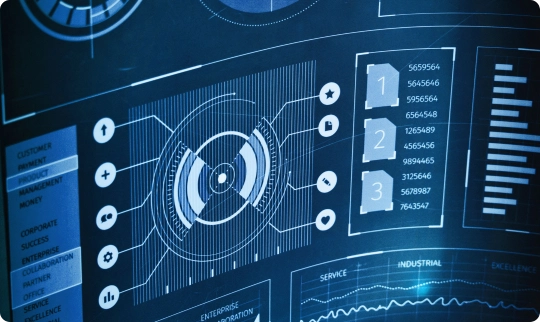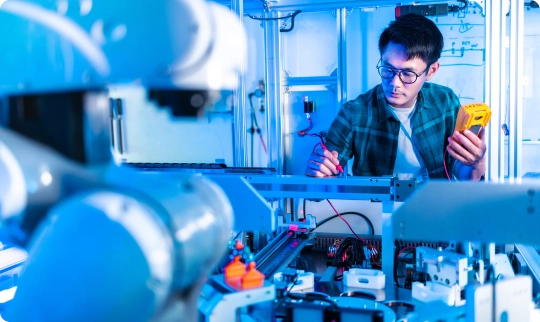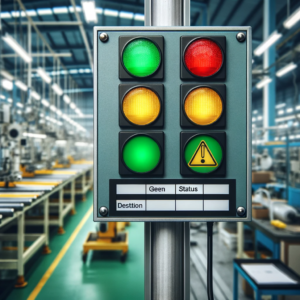In the ever-evolving landscape of Industry 4.0, the Industrial Internet of Things (IIoT) has emerged as a transformative force, revolutionizing the way businesses operate. At the heart of this technological revolution lies a crucial yet often underestimated component – User Interface (UI) and User Experience (UX) design. In this article, we’ll delve into the pivotal role that UI/UX design plays in the success of IIoT solutions.

The Marriage of Technology and User-Centric Design
Traditionally, industrial systems and machinery were operated by skilled technicians who required specialized training to interact with complex interfaces. However, the IIoT paradigm seeks to democratize access to data and control by connecting devices and machines to the internet, making it accessible to a broader range of users. This shift in accessibility places UI/UX design at the forefront of IIoT innovation.
Usability Equals Efficiency
In the industrial sector, where time is money, the usability of IIoT interfaces directly impacts efficiency. Well-designed UIs empower users to quickly access critical data, make informed decisions, and execute actions with minimal effort. Intuitive navigation, clear data visualization, and streamlined workflows are essential elements of UI/UX design that can significantly enhance productivity on the factory floor.
Data at Your Fingertips, Insight in an Instant
IIoT systems generate a wealth of data, often in real-time. Without effective UI/UX design, this data can overwhelm users, hindering their ability to derive meaningful insights. Designers must carefully craft interfaces that distill complex data into easily digestible visualizations, enabling users to spot trends, anomalies, and opportunities for improvement at a glance.
Enhancing Safety and Reducing Errors
In industrial environments, safety is paramount. Poorly designed IIoT interfaces can lead to user errors, potentially endangering workers and damaging equipment. UI/UX design that prioritizes clarity, consistency, and error prevention can greatly reduce the likelihood of accidents and costly mistakes.
The Importance of Scalability and Adaptability
IIoT solutions often grow and evolve over time. UI/UX design should be flexible enough to accommodate new devices, data sources, and user needs. Scalability and adaptability are key considerations, ensuring that the user interface remains effective as the IIoT ecosystem expands.
User-Centered Design in Practice
Successful IIoT projects prioritize user-centered design from the outset. This involves actively involving end-users in the design process, gathering feedback, and iterating on designs to align with their evolving needs. The result is a solution that genuinely caters to the user’s requirements, promoting user adoption and satisfaction.
Conclusion
In the rapidly advancing world of IIoT, UI/UX design isn’t merely a superficial layer but a foundational element that can make or break the success of industrial IoT solutions. It empowers users with the ability to harness the full potential of IIoT technology, improving productivity, safety, and decision-making. As industries continue to embrace the IIoT revolution, the importance of UI/UX design in shaping its future cannot be overstated. It’s not just about connecting machines; it’s about creating meaningful connections between technology and users, ultimately driving innovation and progress.







